Transport
Within the extensive network of the Asturian mining railways, we find lines belonging to large industrial companies as well as secondary lines operated by minor companies. One of them was Minas de La Encarnada, which built a railway in the upper part of the Carrocera valley to connect with the Etelvinas railway branch, owned by Duro Felguera.
It had up to three steam locomotives in service, with a 650 mm gauge. Among them, the most unique was undoubtedly the last one, which bore the number 3 and the name LUIS DE ADARO as a posthumous tribute to the famous mining engineer, who had died shortly before its acquisition. This took place in 1917, in the middle of World War I, and therefore could only have come from an American manufacturer, in this case Vulcan Iron Works.
It was a small model, with external cylinders, two coupled axles and a spacious cabin for the driver and the stoker. Among the most representative features of its American origin we find the bar frame, a large lantern and a loud bronze bell above the boiler, which unfortunately disappeared a long time ago.
Its service consisted of towing coal trains between the La Hueria washing plant and the loading bay that the company owned in Carrocera, where the ore was transferred to the wagons of the Langreo Railway. It was a short journey (barely three kilometres) but with a steep slope for empty convoys, so the return journey was a tough test for this locomotive, popularly known as "the yankee".
In 1970, HUNOSA took over the Minas de La Encarnada exploitations and proceeded, after a few months, to shut down and dismantle the railway. The LUIS DE ADARO was taken out of service and was placed as a monument in the gardens of the Santa Ana workshops, where it suffered significant deterioration until it was moved to the Monsacro mine.
There, it was recovered by its owner a few years ago, although this modification altered its original appearance. It is a unique piece due to its origin and trajectory. Fortunately, it is now on public view at Sotón Mine.

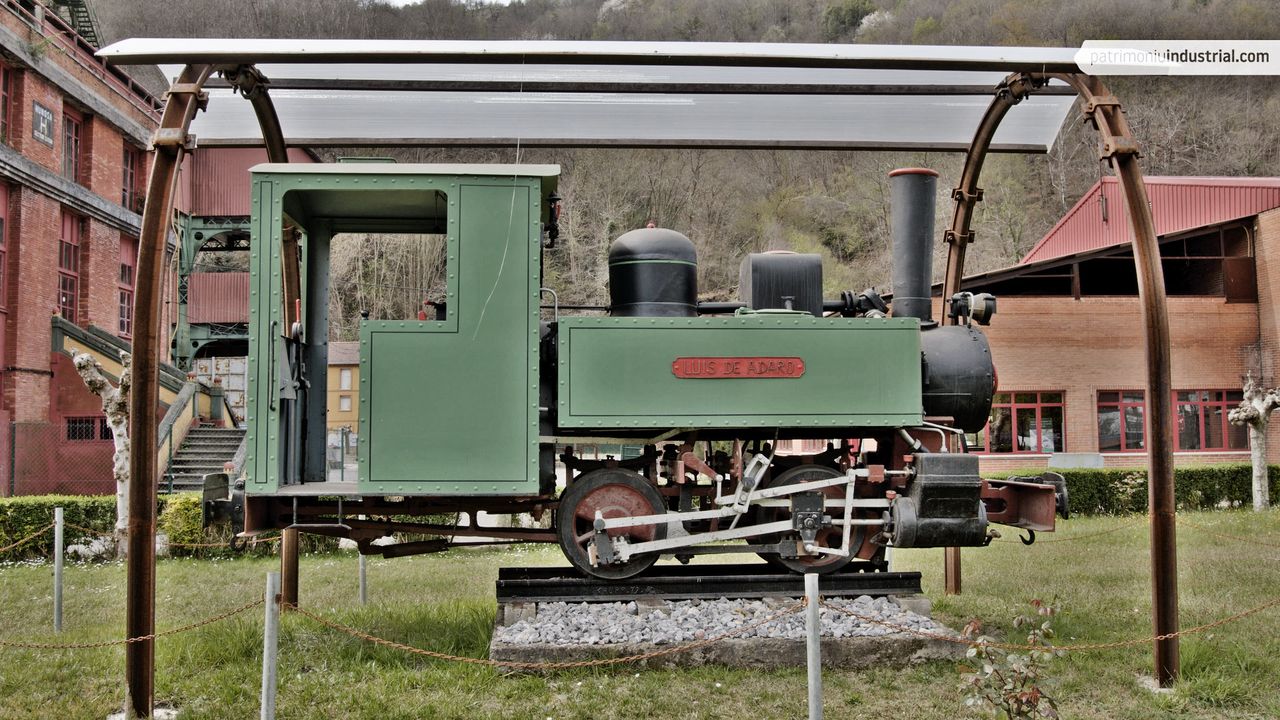

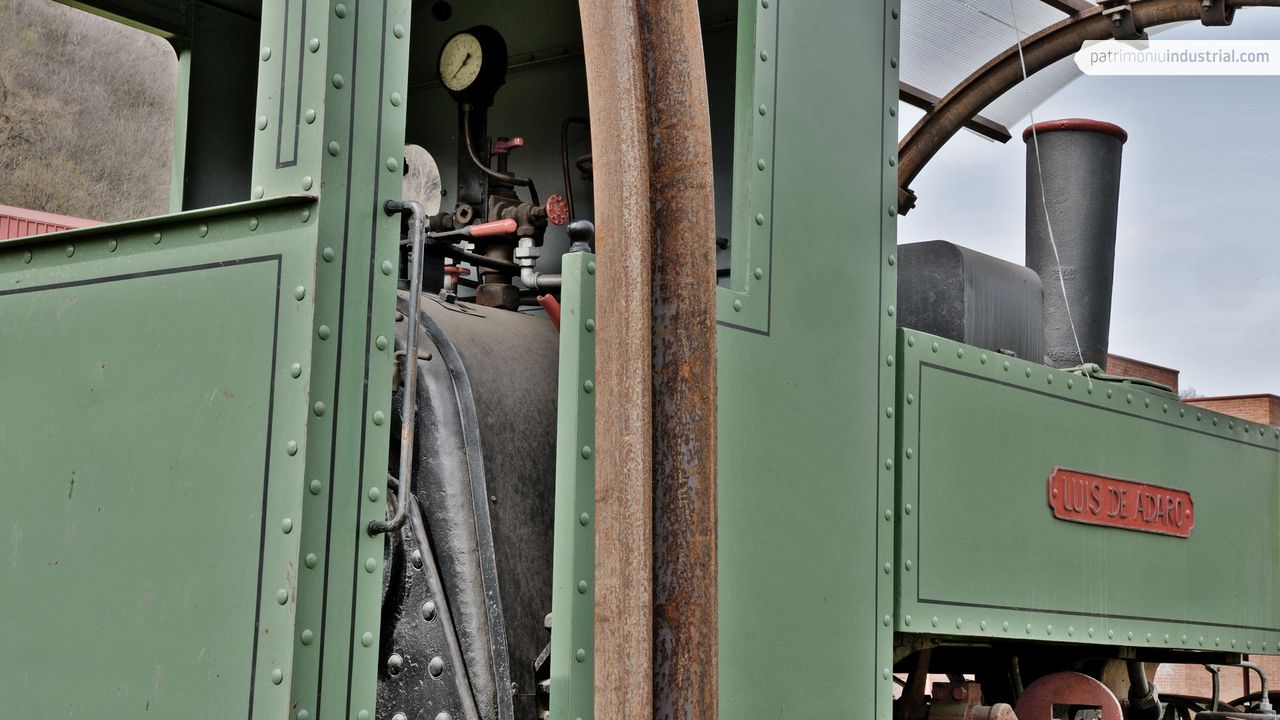
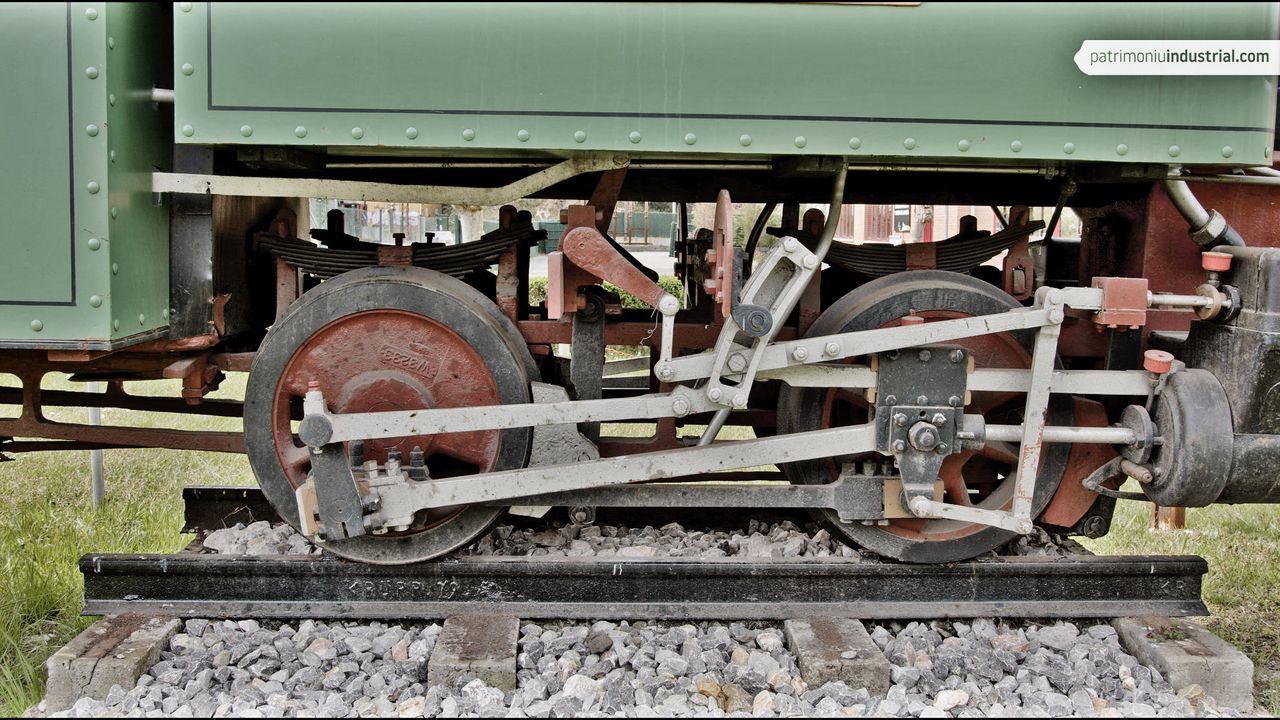
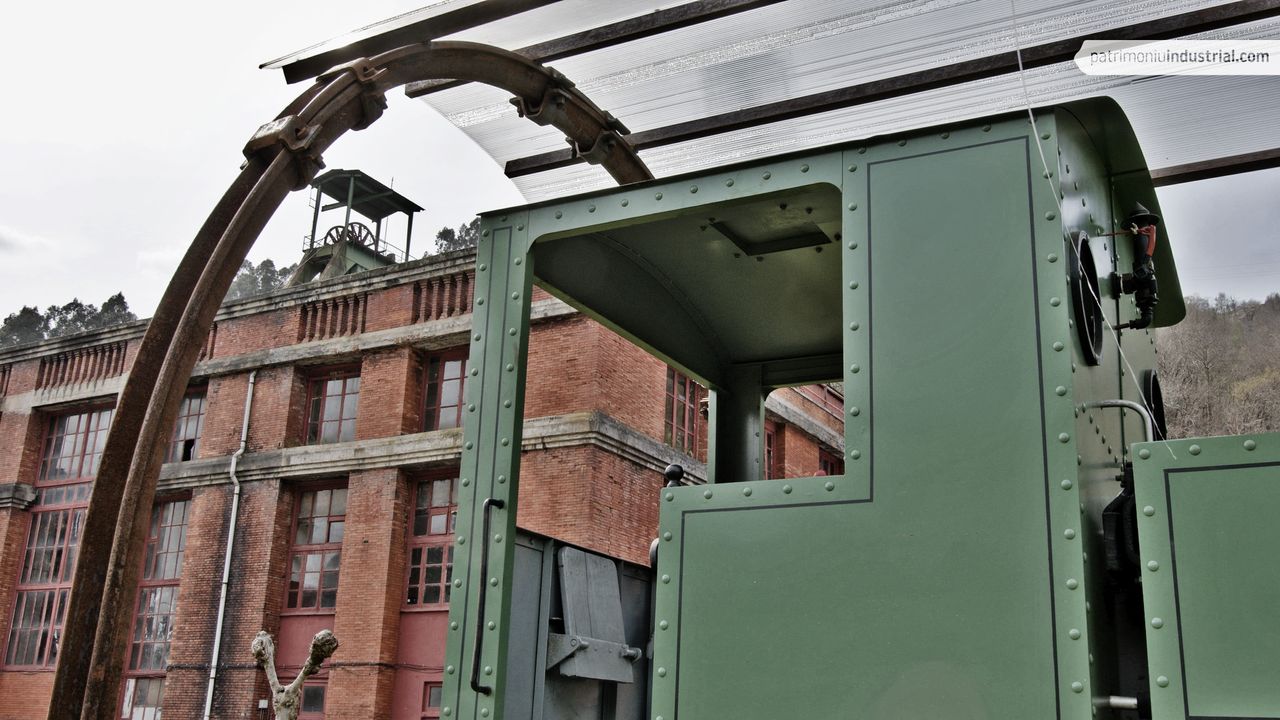
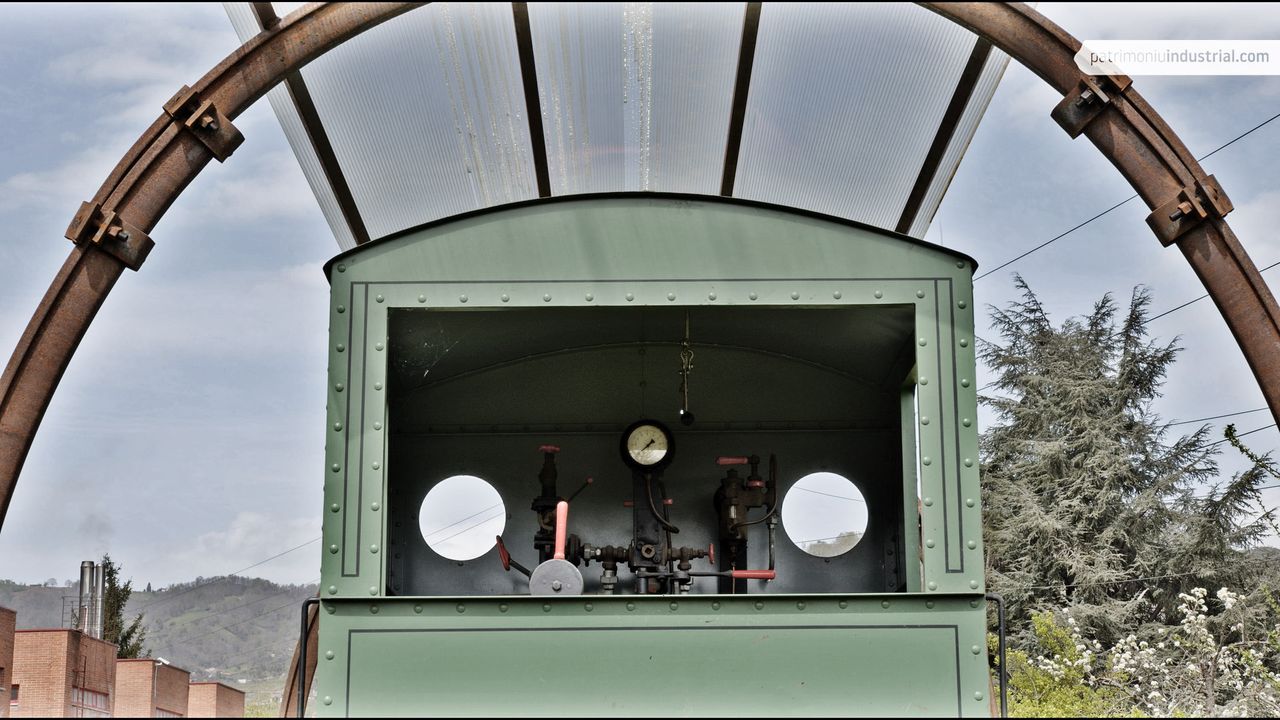

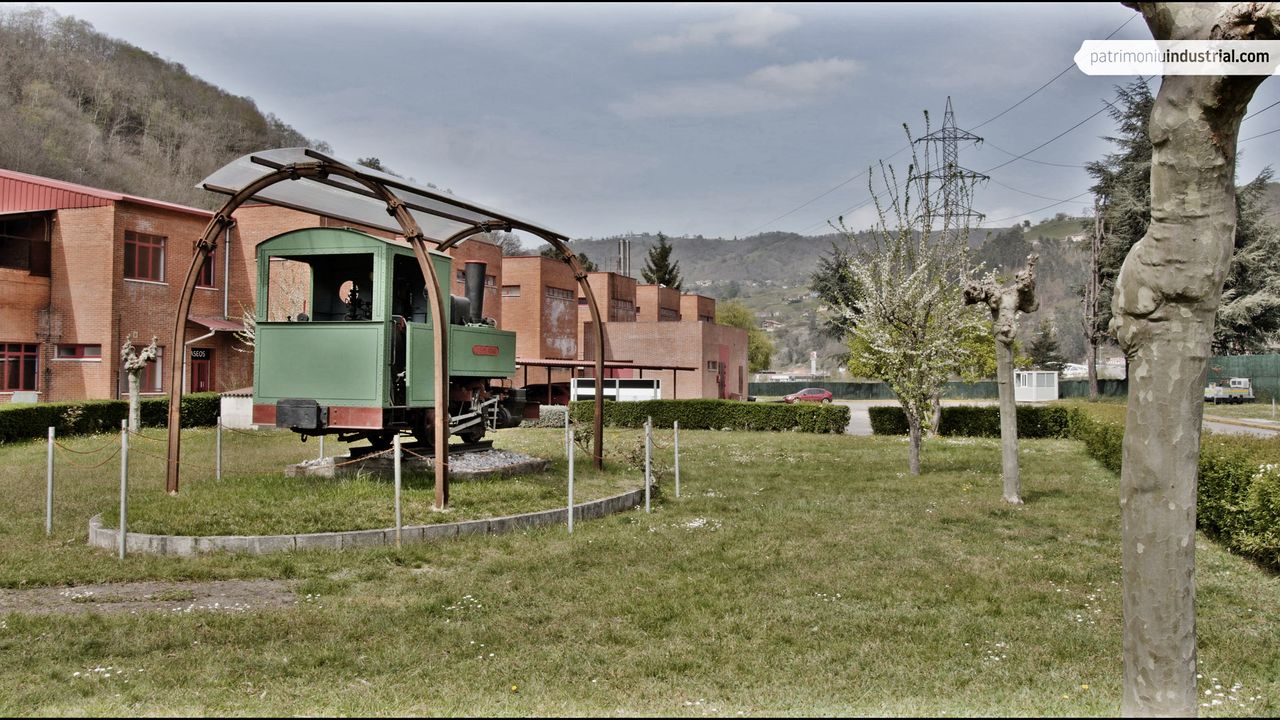
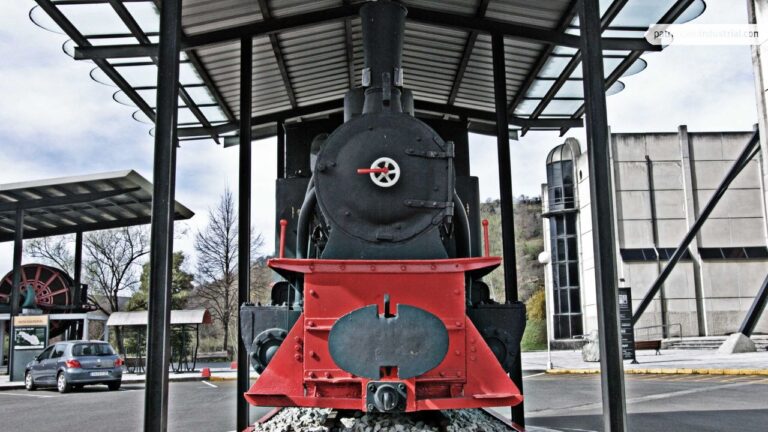
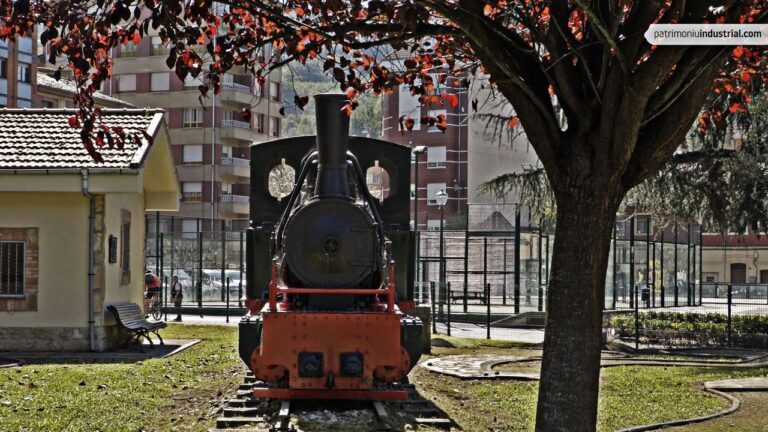
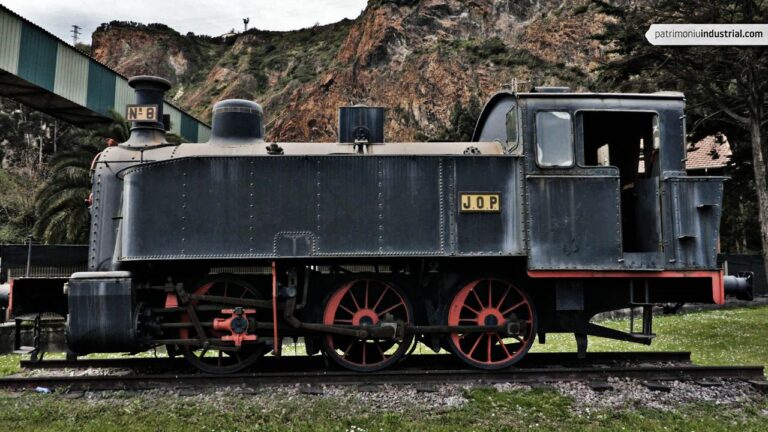

Recent Comments